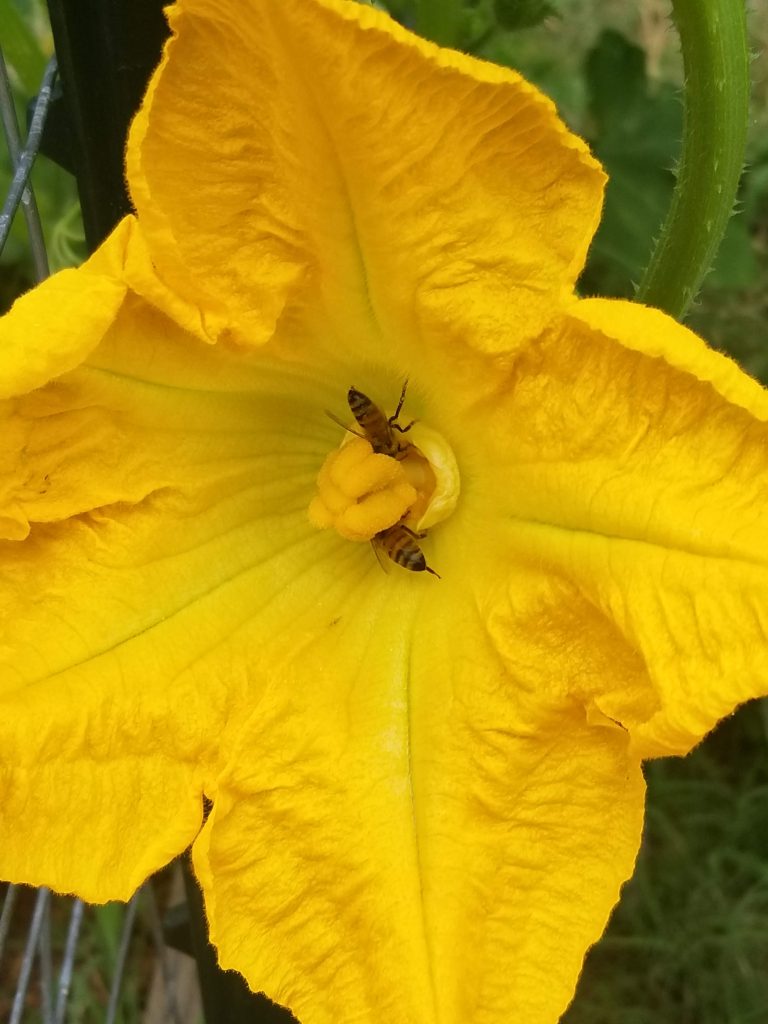In the bustling world of a beehive, amidst the hum of activity and the dance of the workers, lies a hidden gem of nature – bee bread. This extraordinary substance, meticulously crafted by the industrious honeybees, is not just a mere collection of pollen and nectar; it’s a nutritional powerhouse essential for the survival and vitality of the entire colony. But what exactly is bee bread, and what makes it so remarkable? Let’s embark on a journey to uncover the secrets of bee bread – its ingredients, the intricate process of its creation, and the myriad ways honeybees utilize this golden treasure.
What is Bee Bread?
At first glance, bee bread may seem like a simple amalgamation of pollen and nectar. However, its composition is far more complex and intriguing. Worker bees begin the process by foraging for pollen from various flowers, meticulously selecting those with the highest nutritional value. Upon returning to the hive, they pack the pollen into comb cells and then mix it with nectar, enzymes, and beneficial bacteria.

Ingredients of Bee Bread
Bee bread is not your average pollen. Once the pollen is securely stored within the comb, the alchemy begins through a natural fermentation process. This fermentation, facilitated by enzymes secreted by the bees and the introduction of lactic acid bacteria, transforms the pollen into bee bread over the course of several days. This transformation not only enhances the nutritional profile of the pollen but also increases its digestibility and shelf life and contributes to its antimicrobial properties, preserving the hive from harmful pathogens. [1]
How Honeybees Use Bee Bread
Bee bread serves a multitude of essential functions within the hive, making it a cornerstone of bee nutrition and health. [2]
- Food for Larvae: One of the primary uses of bee bread is as a source of nutrition for bee larvae. Worker bees feed bee bread to the developing larvae, providing them with the proteins, carbohydrates, vitamins, and minerals necessary for growth and development. Bee bread’s high protein content, in particular, is crucial for ensuring the healthy development of the next generation of bees.
- Storage of Nutrients: Bee bread also serves as a long-term storage reservoir of nutrients within the hive. During periods of scarcity or inclement weather when foraging is challenging, bees can rely on stored bee bread to sustain themselves and the colony.
- Boosting Immunity: Research suggests that bee bread contains antimicrobial compounds and beneficial microorganisms that help boost the immune system of bees. These properties play a vital role in protecting the hive from pathogens and diseases, contributing to the overall health and resilience of the colony.
- Sustaining Worker Bees: In addition to feeding larvae, bee bread is also consumed by adult worker bees. It provides them with the energy and nutrients needed to carry out their myriad tasks within the hive, from nursing larvae to foraging for food.
Health Benefits
The benefits of bee bread extend beyond the confines of the hive. While it has been a staple in traditional medicine for centuries, modern science is beginning to unveil its potential health-promoting properties. Research, such as that conducted by the University of Lisbon, suggests that bee bread exhibits antimicrobial, anti-inflammatory, and even anticancer activities in vitro, hinting at its therapeutic potential. [3]
Conclusion
In the intricate tapestry of the natural world, bee bread stands as a testament to the ingenuity and resourcefulness of honeybees. From its humble beginnings as foraged pollen to its transformation into a nutrient-rich superfood, bee bread plays a critical role in sustaining bee colonies and supporting ecosystem health.
As we marvel at the wonders of bee bread, let us also recognize the profound interdependence between bees and the environment. By safeguarding bee populations and preserving their habitats, we not only ensure the continued production of this miraculous substance but also uphold the delicate balance of nature upon which we all depend.
References
- Journal of Apicultural Research. “Microbiological and Chemical Properties of European Bee Bread.” (tandfonline.com)
- Bee Informed Partnership. “Nectar, Pollen and Pollen Substitute: Keys to a healthy colonly” (beeinformed.org)
- University of Lisbon. “Antimicrobial and Anticancer Potential of Bee Bread – A Comprehensive Review.” (frontiersin.org)